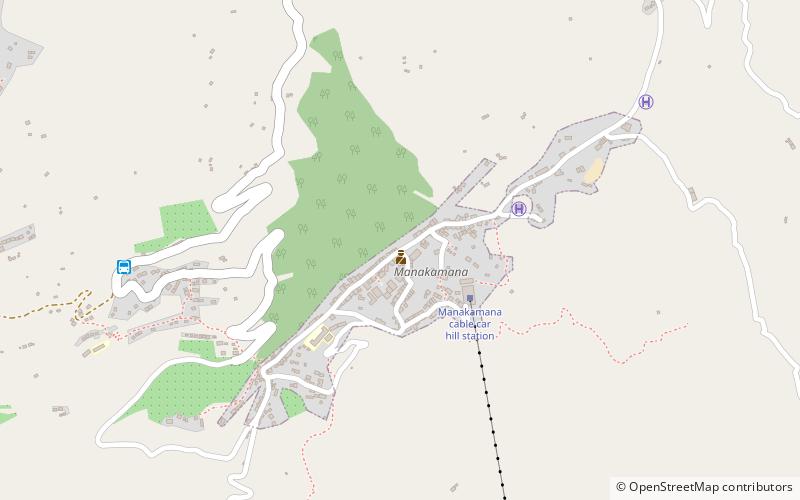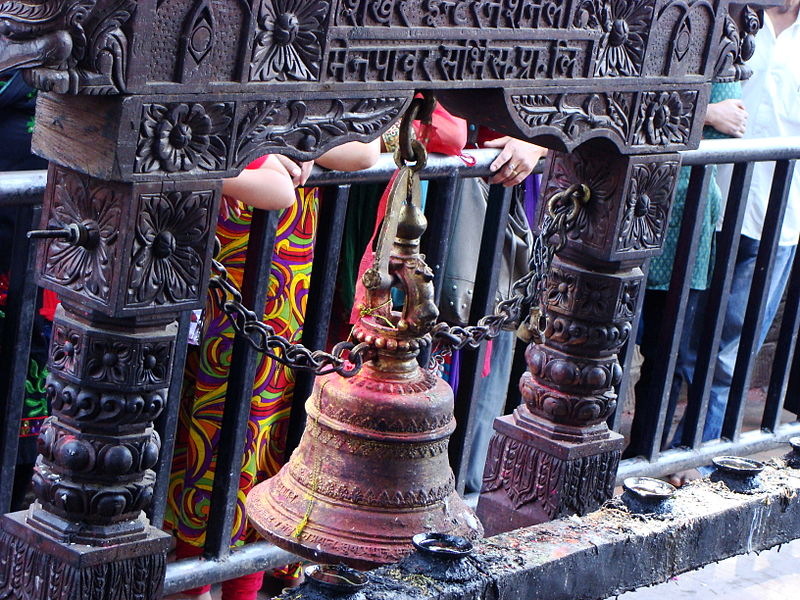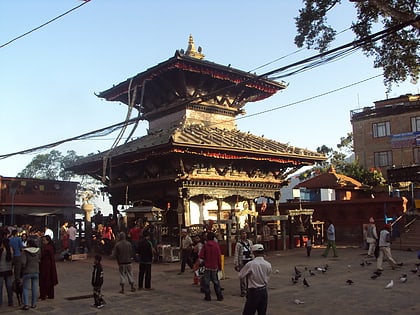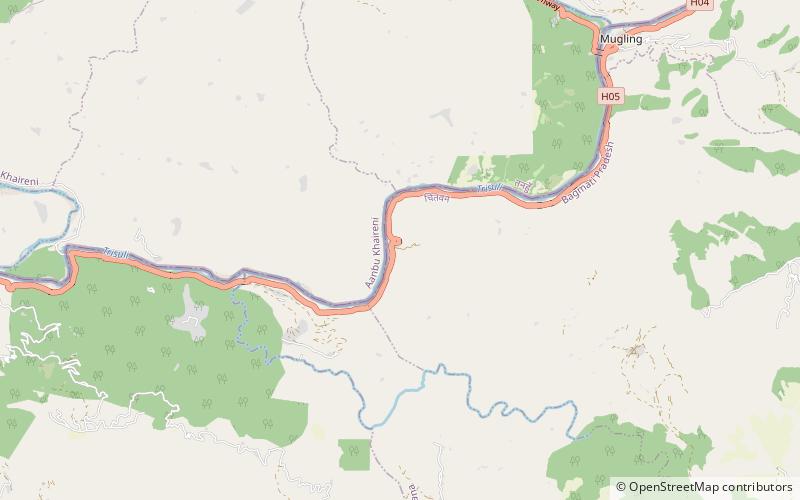Manakamana Temple


Facts and practical information
The Manakamana Temple in Nepal is a sacred site of Hindu pilgrimage, revered for its potent spiritual significance. Perched atop a hill in the Gorkha district, the temple is dedicated to the Hindu Goddess Bhagwati, an incarnation of Parvati. The name 'Manakamana' originates from two words, 'mana', meaning heart, and 'kamana', meaning wish, signifying the belief that the goddess can fulfill the wishes of her devotees.
The journey to the temple itself is an experience, as pilgrims and tourists alike can take a cable car that offers a stunning ascent over the Trisuli River and the terraced hillsides. The cable car ride, introduced in 1998, covers a distance of nearly 3 kilometers and provides a picturesque and convenient alternative to the traditional several hours' trek.
The Manakamana Temple showcases the classic tiered, pagoda-style architecture that is prevalent in Nepalese temple design. It is a small but exquisite structure with a rich history that dates back to the 17th century. According to local lore, the temple was built in the exact spot where the Goddess Manakamana is believed to have appeared in a vision.
Devotees flock to the temple especially during the Manakamana Mela, which occurs several times a year, with the belief that making an offering at the shrine ensures that their heartfelt desires are granted. The temple is not only a significant religious destination but also a place where one can witness the harmonious blend of divine faith and the breathtaking natural beauty of Nepal.
Manakamana Temple – popular in the area (distance from the attraction)
Nearby attractions include: Lamo waterfall.

